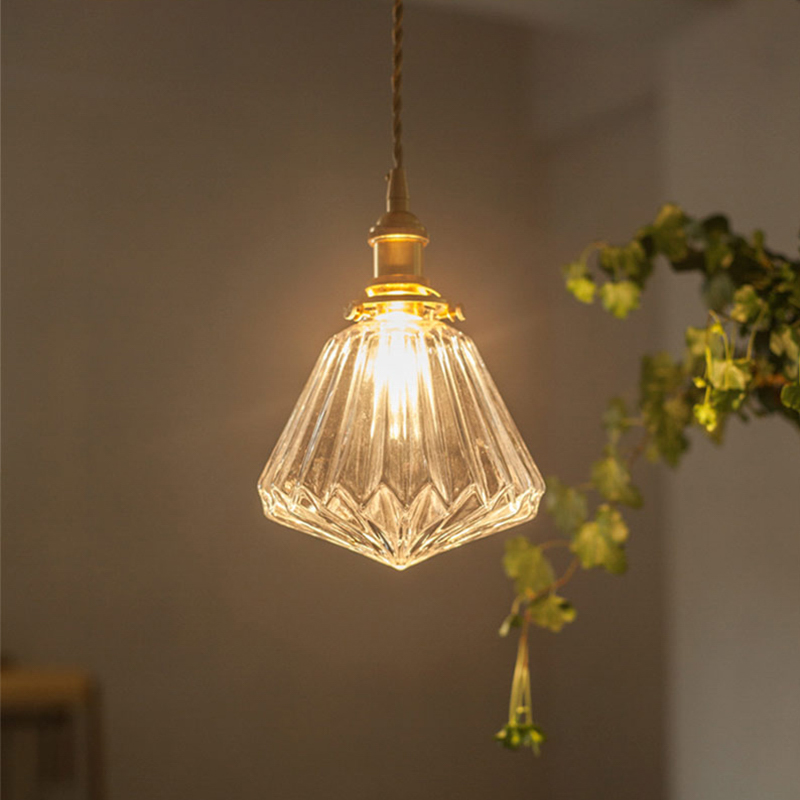
Lighting the Way: Exploring the Latest Trends in Illumination Design
Illumination Sividecor design refers to the art and science of creating lighting solutions for various spaces and environments. It involves the careful selection and placement of light sources, as well as the consideration of factors such as color temperature, intensity, and directionality. Illumination design plays a crucial role in enhancing the aesthetics, functionality, and overall experience of a space. It is used in various industries such as architecture, interior design, hospitality, retail, and entertainment.
In today’s world, illumination design has become an integral part of creating visually appealing and functional spaces. Whether it is a residential home, a commercial office, or a public space, lighting can greatly impact the overall design and atmosphere. Proper illumination design can highlight architectural features, create focal points, and set the mood for a space. It can also improve visibility and safety in work environments. With advancements in technology, illumination design has evolved to include energy-efficient solutions that not only enhance the aesthetics but also reduce energy consumption.
The Importance of Lighting in Design
Lighting is an essential element in design as it has the power to transform a space and evoke emotions. It can greatly impact the overall ambiance and atmosphere of a room. The right lighting can make a space feel warm and inviting or cool and modern. It can create drama or provide a sense of calmness. Lighting can also be used to highlight architectural features or artwork.
In addition to aesthetics, lighting also has a psychological impact on people. Different types of lighting can affect mood, productivity, and well-being. For example, bright white light with high color temperature can increase alertness and focus, making it ideal for workspaces. On the other hand, warm yellow light with low color temperature can create a cozy and relaxing atmosphere, perfect for bedrooms or living rooms.
The Latest Trends in Illumination Design
The field of illumination design is constantly evolving with new trends and technologies. One of the latest trends is the use of LED lighting. LED lights are energy-efficient, long-lasting, and versatile. They can be used in various applications such as task lighting, accent lighting, and ambient lighting. LED lights also come in a wide range of colors, allowing for creative and dynamic lighting designs.
Another trend in illumination design is the integration of lighting with technology. Smart lighting systems that can be controlled through smartphones or voice commands are becoming increasingly popular. These systems allow users to adjust the brightness, color, and timing of lights, creating personalized lighting experiences. Integration with other smart devices such as sensors and cameras also enables automated lighting solutions that enhance safety and energy efficiency.
Minimalist lighting design is also gaining popularity. This design approach focuses on simplicity and clean lines. It involves the use of minimal light fixtures and hidden light sources to create a sleek and uncluttered look. Minimalist lighting design is often used in contemporary and modern spaces where simplicity and functionality are key.
Sustainable Lighting Solutions
Sustainable lighting solutions are becoming more important as the world focuses on reducing energy consumption and carbon emissions. Sustainable lighting refers to the use of energy-efficient light sources, such as LED lights, and the implementation of strategies to minimize energy waste.
Energy-efficient lighting not only reduces electricity bills but also has a positive impact on the environment. LED lights consume less energy compared to traditional incandescent or fluorescent lights, resulting in lower greenhouse gas emissions. They also have a longer lifespan, reducing the need for frequent replacements.
Other sustainable lighting solutions include daylight harvesting, which involves using natural daylight to supplement artificial lighting. This can be achieved through the use of skylights, windows, or light shelves that redirect sunlight into a space. By maximizing natural daylight, artificial lighting can be reduced or even eliminated during daylight hours.
Smart Lighting: The Future of Illumination
Smart lighting refers to a system that allows users to control and automate lighting through smart devices such as smartphones, tablets, or voice assistants. It offers a wide range of benefits, including convenience, energy efficiency, and enhanced customization.
One of the main benefits of smart lighting is convenience. With a smart lighting system, users can control the lights in their homes or offices from anywhere in the world. They can adjust the brightness, color, and timing of lights to suit their preferences or create different moods. Smart lighting systems can also be programmed to turn on or off at specific times, providing added security and energy savings.
Smart lighting also offers energy efficiency. Users can dim or turn off lights when they are not needed, reducing energy consumption. Some smart lighting systems also have built-in sensors that can detect occupancy or ambient light levels and adjust the lighting accordingly. This ensures that lights are only on when necessary, further reducing energy waste.
Examples of smart lighting systems include Philips Hue, Lutron Caseta, and Nanoleaf Aurora. These systems offer a wide range of features and compatibility with other smart devices such as thermostats, security cameras, and voice assistants.
Innovative Lighting Designs for Homes and Offices
Innovative lighting designs can greatly enhance the aesthetics and functionality of homes and offices. Creative lighting designs for homes include the use of accent lighting to highlight artwork or architectural features. This can be achieved through the use of spotlights or wall-mounted fixtures. Another innovative design is the use of pendant lights or chandeliers as statement pieces in dining rooms or living rooms.
In offices, innovative lighting designs can improve productivity and well-being. Task lighting is essential in workspaces to provide adequate illumination for tasks such as reading or computer work. Adjustable desk lamps or under-cabinet lights are popular choices for task lighting. Indirect lighting, such as uplighting or wall-washing, can create a soft and diffused light that reduces glare and eye strain.
Lighting for Health and Well-being
Lighting plays a crucial role in promoting health and well-being. Different types of lighting can affect circadian rhythms, sleep patterns, and mood. Natural daylight is the most beneficial type of lighting as it provides the full spectrum of light that our bodies need. Exposure to natural daylight has been shown to improve mood, increase productivity, and regulate sleep-wake cycles.
In spaces where natural daylight is limited, artificial lighting can be used to mimic the qualities of natural light. This can be achieved through the use of tunable white lights that can adjust color temperature throughout the day. Bright white light with high color temperature in the morning can help increase alertness and energy levels, while warm yellow light with low color temperature in the evening can promote relaxation and better sleep.
The Role of Lighting in Hospitality and Retail
Lighting plays a crucial role in creating a welcoming and engaging atmosphere in hospitality and retail spaces. In hotels, restaurants, and bars, lighting can set the mood and create a memorable experience for guests. Soft and warm lighting can create a cozy and intimate ambiance, while bright and colorful lighting can create a vibrant and energetic atmosphere.
In retail spaces, lighting is used to highlight products and create visual interest. Accent lighting is often used to draw attention to merchandise or create focal points. The use of different lighting techniques such as spotlights, track lights, or display case lights can enhance the visual appeal of products and encourage customers to make purchases.
Outdoor Lighting: Enhancing the Nighttime Experience
Outdoor lighting is not only functional but also enhances the nighttime experience. It provides safety and security by illuminating pathways, entrances, and parking areas. Outdoor lighting also creates a welcoming ambiance for guests or customers.
There are various types of outdoor lighting that can be used to enhance different areas. Pathway lights or bollard lights can be used to guide people along walkways or driveways. Wall-mounted lights or sconces can be used to illuminate entrances or outdoor seating areas. Landscape lighting can be used to highlight trees, plants, or architectural features.
Effective outdoor lighting takes into consideration factors such as light pollution, glare, and energy efficiency. Dark sky compliant fixtures and shielded lights can help reduce light pollution and minimize glare. LED lights are a popular choice for outdoor lighting as they are energy-efficient and have a long lifespan.
The Future of Illumination Design: Predictions and Possibilities
The future of illumination design holds exciting possibilities and advancements in technology. One prediction is the increased use of organic light-emitting diodes (OLEDs). OLEDs are flexible, thin, and lightweight, allowing for new possibilities in lighting design. They can be used to create curved or flexible light sources that can be integrated into various surfaces such as walls, ceilings, or furniture.
Another possibility is the integration of lighting with other smart technologies such as Internet of Things (IoT) devices. Lighting systems could be connected to sensors, cameras, or voice assistants to create a seamless and personalized experience. For example, lights could automatically adjust based on occupancy or ambient light levels, or they could be controlled through voice commands.
The impact of illumination design on society and the environment will continue to be significant. Energy-efficient lighting solutions will become more prevalent as the world focuses on reducing carbon emissions. Lighting designs that promote health and well-being will also gain importance as people become more aware of the effects of lighting on their physical and mental well-being.
In conclusion, illumination design plays a crucial role in enhancing the aesthetics, functionality, and overall experience of various spaces. Lighting has the power to transform a space and evoke emotions. It can greatly impact the ambiance and atmosphere of a room. With advancements in technology, illumination design has evolved to include energy-efficient solutions that not only enhance the aesthetics but also reduce energy consumption. The future of illumination design holds exciting possibilities and advancements in technology, with the integration of lighting with other smart technologies and the use of organic light-emitting diodes (OLEDs). The impact of illumination design on society and the environment will continue to be significant as energy-efficient lighting solutions and designs that promote health and well-being gain importance.
